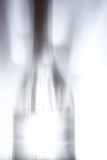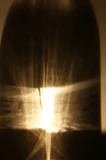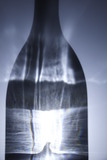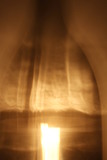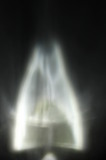Light sources
When talking about light, we usually refer to the visible range of electromagnetic oscillation with wavelengths of approximately 380 to 780 nm. Apart from our ordinary daylight, light presents in a myriad of ways: the rainbow, the northern lights, summer lightning, fire, the red sky at dawn and the sunset glow in the evening, the moon and the stars, even the mirror image that appears in a puddle – all these phenomena are part of it.
The same oscillation occurs in man-made, artificial light sources. And they present in ever increasing variety: old-fashioned light bulbs, halogen light, light-emitting diodes, ultraviolet lamps, strobe lights, laser lights, fluorescent tubes, infrared lamps, strings of lights, camera lamps and many more variations.
They all produce light – some brighter than others –, with some of them presenting a warm or cold tone or even colours, just to mention a few variations. These various characteristics may be exploited to produce finely tuned modifications on the screen. Depending on its properties, movable light can produce very diverse images of any object. This is determined by various factors: closeness or distance to the object, rhythm of movement and many more. Together, these factors create the coming and going of images in motion.
